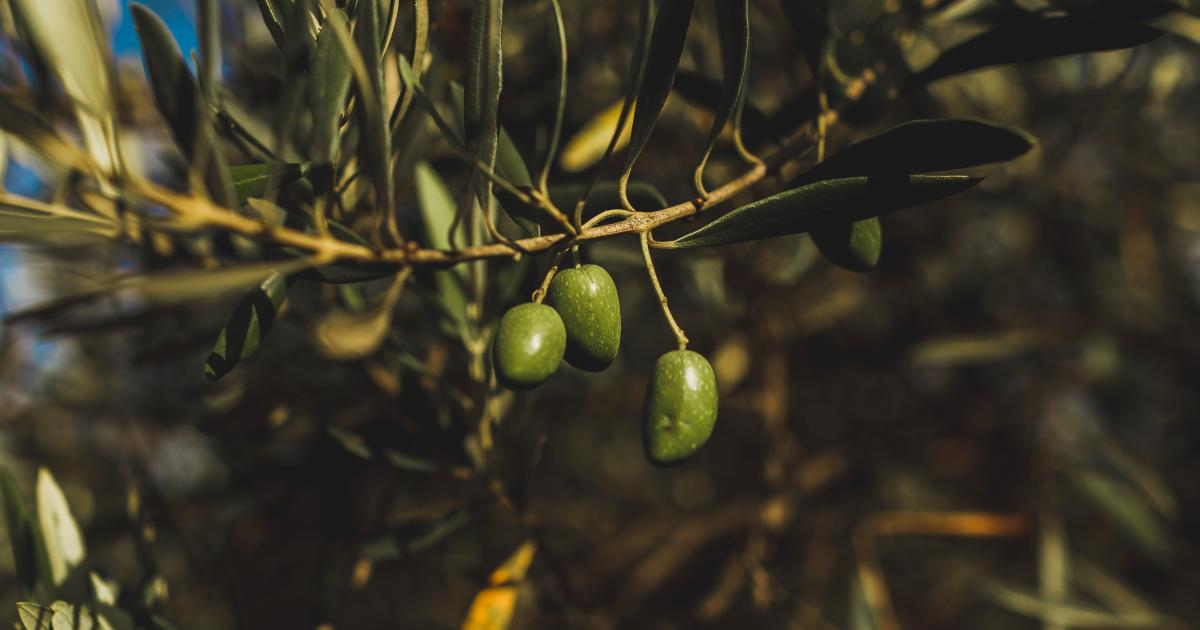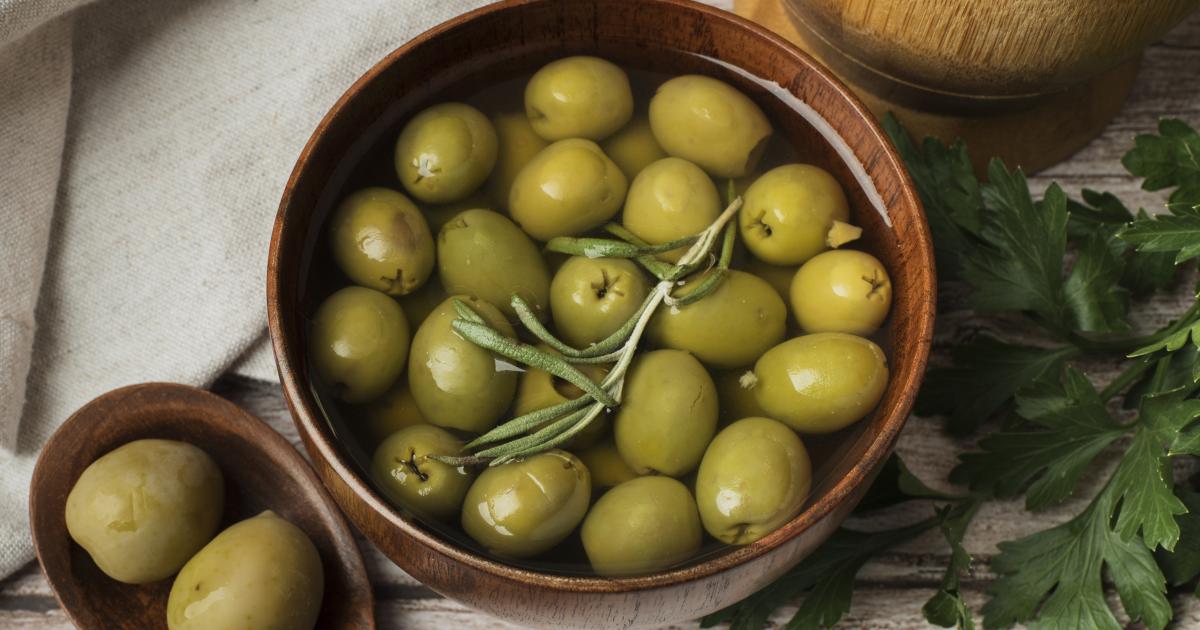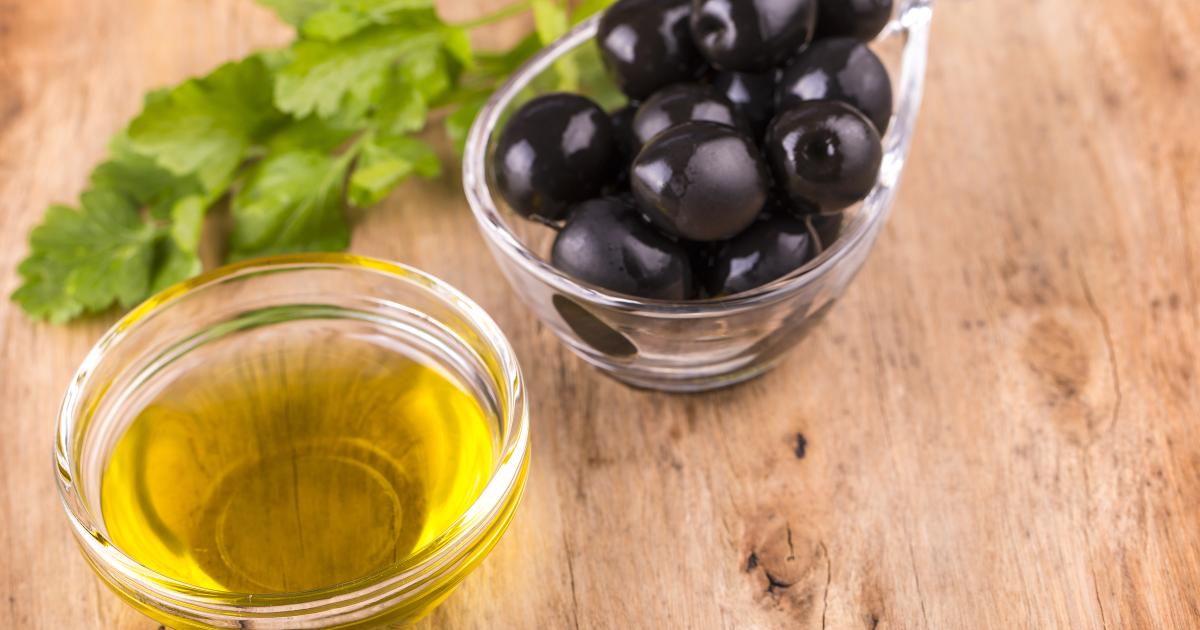
Zielone i Czarne Oliwki: Smak Dojrzałości
"Oliwka czarna" i "oliwka zielona" nie są różnymi gatunkami, lecz różnymi etapami dojrzewania owoców tej samej rośliny, czyli drzewa oliwnego (Olea europaea).
Oliwki Zielone
Oliwki zielone są zbierane wcześniej, gdy owoce są jeszcze niedojrzałe. Są one twardsze i mają bardziej gorzki smak. Aby stały się jadalne, muszą przejść proces konserwacji, który zazwyczaj obejmuje moczenie w solance, fermentację lub marynowanie.
Oliwki Czarne
Oliwki czarne są zbierane, gdy są w pełni dojrzałe. Są bardziej miękkie i mają łagodniejszy, bardziej słodkawy smak w porównaniu do oliwek zielonych. Podobnie jak zielone, oliwki czarne również muszą być poddane procesowi konserwacji przed spożyciem.
Proces Dojrzewania i Konserwacji
Różnice w smaku i konsystencji między oliwkami zielonymi a czarnymi wynikają głównie z etapu, na którym są zbierane, oraz metod ich przetwarzania. Zielone oliwki są zazwyczaj bardziej gorzkie ze względu na wyższą zawartość polifenoli, które z czasem ulegają rozkładowi, co sprawia, że czarne oliwki są mniej gorzkie.
Wpływ na Smak i Zastosowanie
Ze względu na różnice w smaku i teksturze, oliwki zielone i czarne mogą być stosowane w różnych potrawach i przepisach. Oliwki zielone często są używane w sałatkach, tapas i jako przekąski. Oliwki czarne, z ich łagodniejszym smakiem, są popularne w daniach kuchni śródziemnomorskiej, takich jak pizza, pasta czy tapenada.









